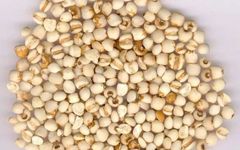Author: Wang Yinping, Hubei Third People’s Hospital
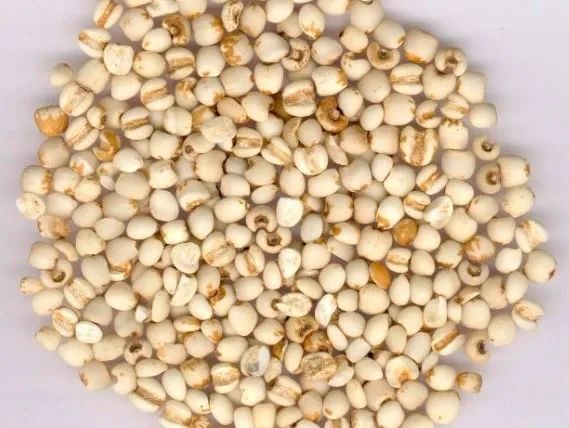
Coix
Seed
(Yi Yi Ren)

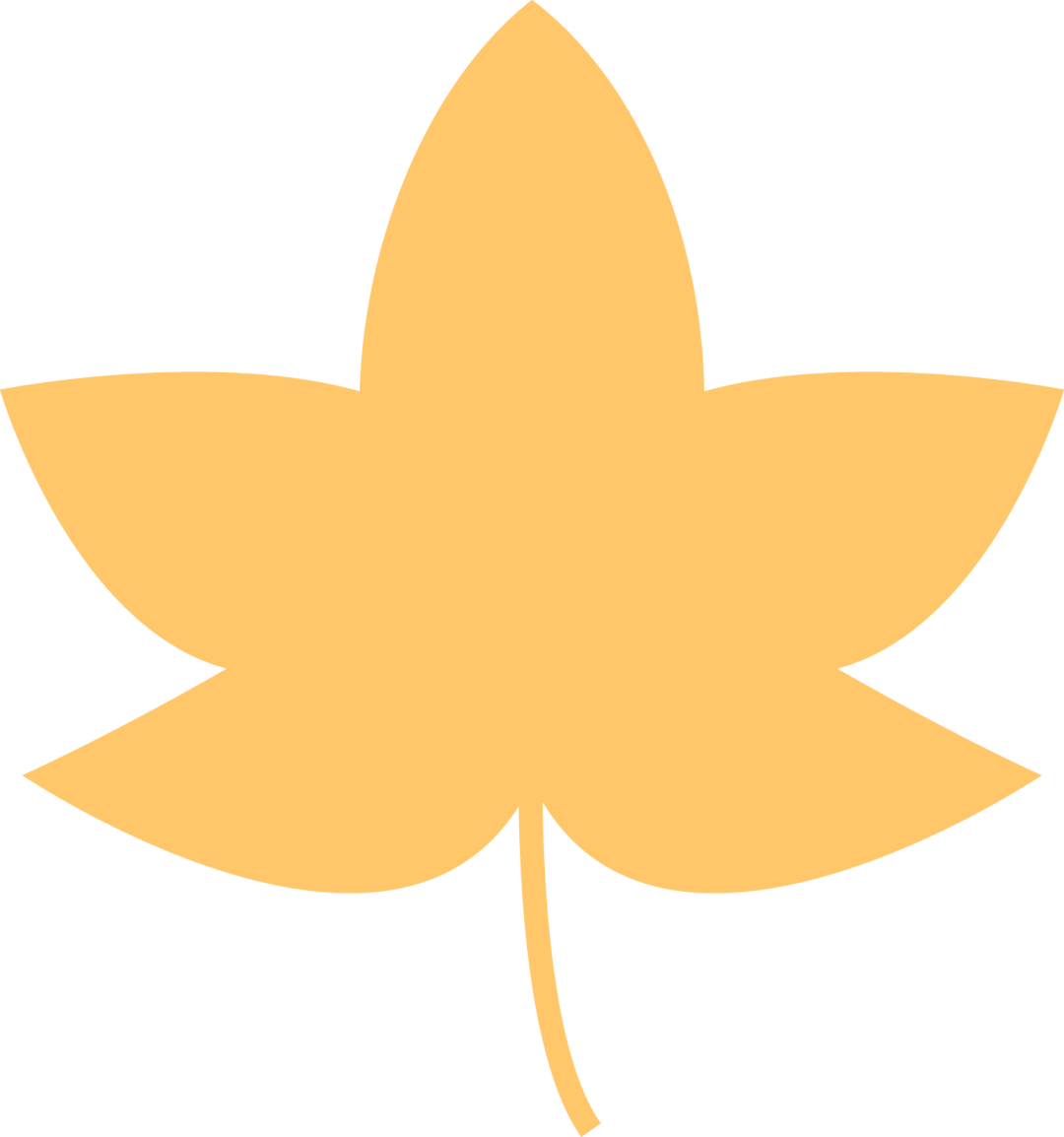
· Legendary Stories ·
From the “Book of the Later Han – Biography of Ma Yuan”: “Initially, Yuan was in Jiaozhi, often consuming Coix seeds (Yi Yi Ren), which could lighten the body and suppress desires, thus overcoming miasma. The southern Coix seeds (Yi Yi Ren) are large, and Yuan intended to use them as seeds, bringing back a cart full. At that time, people regarded them as rare treasures, and the nobility all coveted them. Yuan was favored at the time, so no one dared to speak of it. After his death, there were accusations against him, claiming that what he brought back were all pearls and rhinoceros horns. Ma Wu and Marquis Yu Ling, among others, all wrote about his situation, which further angered the emperor. Yuan’s family was terrified and did not dare to return to the old tomb for burial, instead buying a few acres of land west of the city for a simple burial. Guests and old friends did not dare to mourn. Yan and Yuan’s family connected through grass and sought forgiveness at the court. The emperor then issued a letter to show them, and only then did they know the reason for the accusations. They submitted letters of grievance, six times in total, with very sorrowful words, and were finally allowed to bury him.”

· Source Characteristics ·
Coix seed (Yi Yi Ren), also known as Job’s tears, is the dried mature seed of the plant Coix lacryma-jobi, belonging to the Poaceae family. The seeds are harvested in autumn when the fruit matures, dried, and then the seeds are separated from the husk, yellow-brown seed coat, and impurities to collect the seeds, which are then known as Coix seeds (Yi Yi Ren). Coix seeds (Yi Yi Ren) are a medicinal and edible herb.
Coix seeds (Yi Yi Ren) are broad oval or long oval in shape, measuring 4-8mm in length and 3-6mm in width, with a milky white, smooth surface, occasionally with remnants of yellow-brown seed coat; one end is blunt and rounded, while the other end is wider and slightly concave, with a light brown dot-like hilum; the back is rounded and convex, and the belly has a wide and deep longitudinal groove. The texture is firm, with a white cross-section and a powdery consistency. It has a slight aroma and a mildly sweet taste.
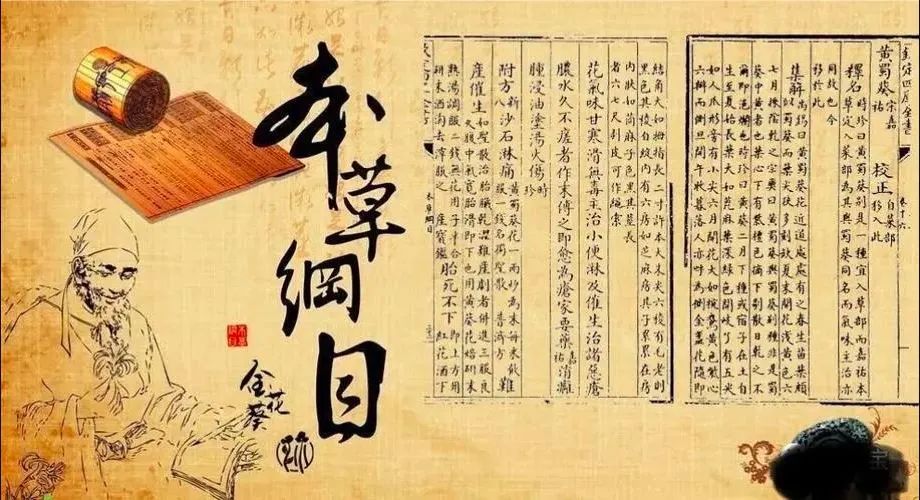

· Classic Textual Records ·
From the “Compendium of Materia Medica”: “Coix seeds (Yi Yi Ren) are Yangming herbs, capable of strengthening the spleen and benefiting the stomach. If deficient, they can supplement its mother, thus used for lung atrophy and lung abscess. For diseases of the muscles and bones, treating Yangming is fundamental, thus used for muscle spasms, and wind-dampness. The earth can generate water and eliminate dampness, thus used for diarrhea and edema.”
From the “Corrected Materia Medica”: “The taste is bland and sweet, the aroma is slightly cool, and the nature is slightly descending and permeating, thus able to eliminate dampness and promote urination. Due to its ability to eliminate dampness, it can benefit the joints, eliminate athlete’s foot, treat atrophy, spasms, and dampness, relieve edema pain, promote urination for heat stranguria, and also kill roundworms.”
From the “New Compilation of Materia Medica”: “It is best at promoting urination without damaging the true Yin energy; it is most suitable for cases of excess dampness in the lower body.”

· Efficacy and Applications ·
Properties and Channels:
Sweet and bland in taste, cool in nature. It enters the spleen, stomach, and lung channels.
Functions and Indications:
Promotes urination and drains dampness, strengthens the spleen and stops diarrhea, eliminates bi syndrome, drains pus, detoxifies and disperses masses. Used for edema, athlete’s foot, difficulty in urination, spleen deficiency diarrhea, damp bi syndrome, lung abscess, intestinal abscess; warts, cancerous tumors.
Dosage:
9-30g, decocted for oral administration; or used in pills or powders, or cooked in porridge.
Clinical Applications:
1. Used to treat spleen deficiency with excess dampness and diarrhea, often combined with ginseng, poria, and white atractylodes.
2. For damp bi syndrome with muscle spasms and pain, it can be combined with du huo, cang zhu, and fang feng.
3. For treating lung abscess and intestinal abscess. For lung abscess with chest pain and purulent sputum, it can be combined with fresh reed root, winter melon seeds, peach kernel, and houttuynia; for intestinal abscess, it can be combined with aconite and patrinia, such as Coix seed (Yi Yi Ren) Aconite Patrinia Powder.

· Preparation Methods ·
Coix seed (Yi Yi Ren): Take the original herb, remove the husk and impurities, and sift out the ash.
Fried Coix seed (Yi Yi Ren): Place clean Coix seeds (Yi Yi Ren) in a pan, stir-fry over medium heat until the surface turns yellow, slightly puffed, and fragrant, then remove and cool.
Fried Coix seed (Yi Yi Ren) with wheat bran: First heat the pan, sprinkle in wheat bran until smoke rises, then quickly add Coix seeds (Yi Yi Ren) and stir-fry until yellow and slightly puffed, then remove, sift out the wheat bran, and cool.

· Common Formulas ·
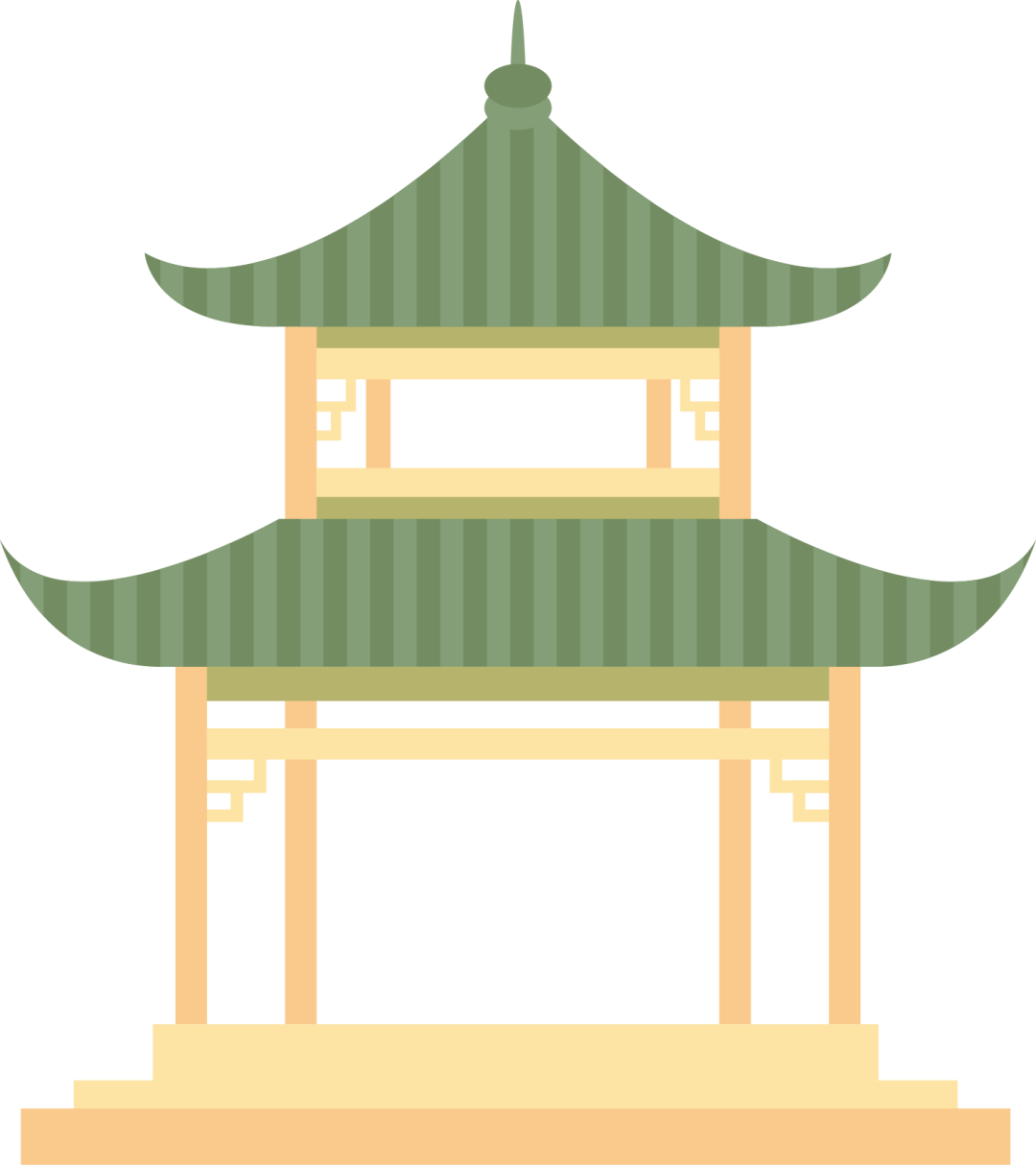
San Ren Decoction
[Ingredients] 18g raw Coix seeds (Yi Yi Ren), 15g apricot kernel, 6g white cardamom, 18g talcum, 6g white peony, 6g bamboo leaves, 6g magnolia bark, 15g pinellia.
[Dosage] Decoction for oral administration; in ancient times, 8 bowls of sweet water were used, boiled down to 3 bowls, taken as 1 bowl, 3 times a day. (From the “Treatise on Febrile Diseases”: “Method for making sweet water: Take 2 dou of water, place it in a large basin, and use a ladle to stir, causing 5-6 thousand beads to chase each other on the surface, and use it.”)
[Function] A diuretic, it has the effect of promoting the flow of qi and clearing damp-heat.
[Indications] For damp-heat syndrome with more dampness than heat at the onset of damp-warmth and summer-heat. Symptoms include headache, chills, body aches, fatigue, pale yellow complexion, chest tightness, lack of appetite, afternoon fever, white tongue coating, and a thin, slippery pulse.
[Source] From the “Differentiation of Warm Diseases”, Volume 1.

Si Miao Wan (Patent Medicine)
[Ingredients] Cang zhu, niu xi, huang bai (salt-fried), Coix seeds (Yi Yi Ren).
[Specifications] Each 15 pills weigh 1g.
[Dosage] Oral administration, 6g at a time, twice a day.
[Function] Clears heat and drains dampness.
[Indications] Bi syndrome caused by damp-heat, with symptoms of red and swollen feet and knees, and pain in the muscles and bones.
[Precautions] Use with caution in pregnant women.

Coix Seed (Yi Yi Ren) Decoction
[Ingredients] 9g Coix seeds (Yi Yi Ren), 9g trichosanthes fruit, 6g peony root, 6g peach kernel (peeled and pointed), 3g white peony.
[Dosage] Decoction with 400ml of water, boil down to 320ml, taken on an empty stomach.
[Function] Clears heat, disperses masses, invigorates blood, and reduces swelling.
[Indications] Abdominal pain from intestinal abscess, or fullness and lack of appetite, with difficulty in urination.
[Source] From the “Authentic Records of Surgery”, Volume 3.
Precautions

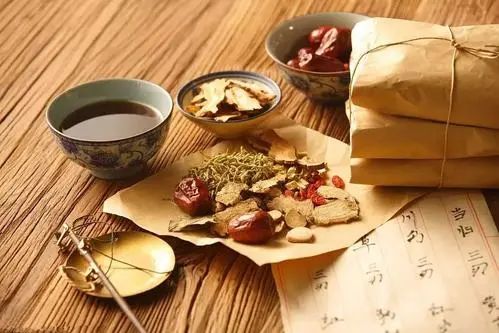
1. Use with caution in cases of spleen deficiency without dampness, and in pregnant women.
2. During medication, avoid cold, spicy, and greasy foods, and avoid smoking and alcohol.
3. If combining with other medications, please consult a physician before use.
4. When decocting, it is advisable to use a clay pot, avoiding copper and iron utensils.
-END-
The images in this article are sourced from the internet for public welfare dissemination. Thanks to the authors of the images; if there is any infringement, please leave a message to contact for deletion.

This article is an original work by “PSM Yao Dun Public Welfare”. For reprints, please leave a message.
Reviewed by: An Wei, Deputy Chief Pharmacist, Hubei Third People’s Hospital

References
[1] Zhong Gansheng. Traditional Chinese Medicine [M]. People’s Health Publishing House, 2016.
[2] National Pharmacopoeia Commission. Pharmacopoeia of the People’s Republic of China (Part One) [M]. Beijing: China Medical Science Press, 2020:393.
[3] Xie Jing, Liu Lizhai, Lu Manman, et al. Research Progress on the Nutritional Value and Edible Efficacy of Coix seeds (Yi Yi Ren) [J]. Grain Processing, 2016, 41(3):50-52.
More good articles on “Safe Medication”
Follow PSM Yao Dun Public Welfare to see more

Search for articles related to Coix seeds (Yi Yi Ren)

